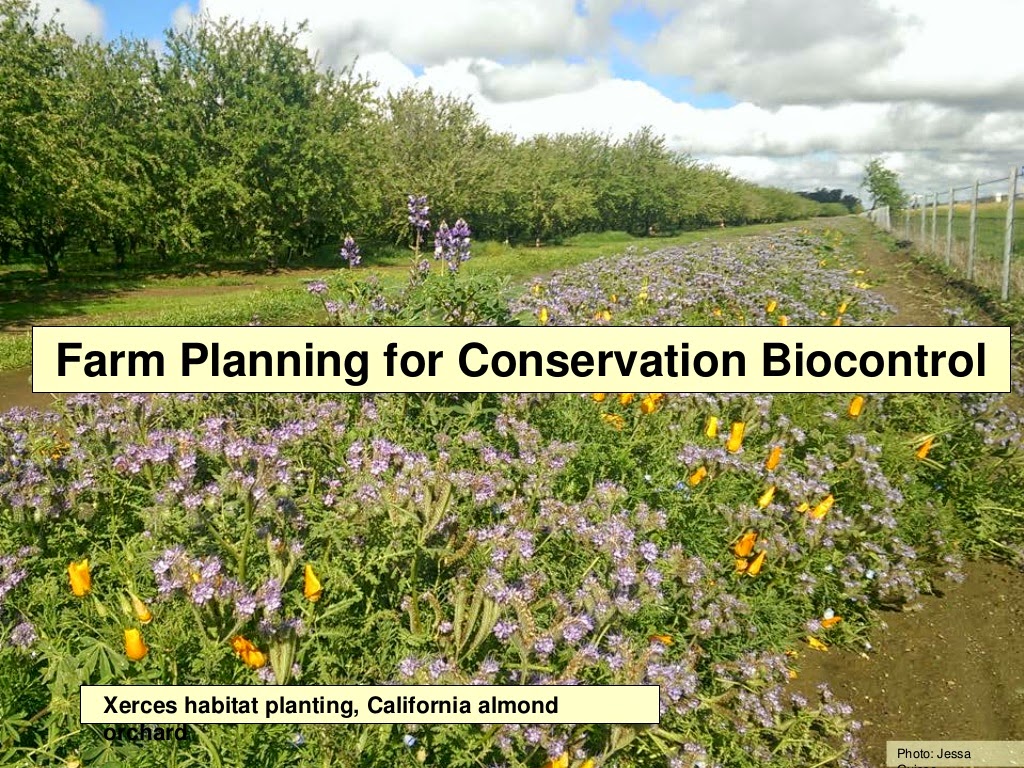It's not only good business model, but a great insurance policy as well
 |
| Photo by Brett Blaauw There are 420 species of bees in Michigan. The more pollinators attracted to farms, the better. |
Michigan State University: "ATTRACTING WILD BEES TO FARMS IS A GOOD INSURANCE POLICY"
Conservation Biological Controls
Habitat Management to Encourage Beneficial Insects and Control Pests
 |
| http://www.xerces.org |
 |
| Vineyard Brands, Vermont, Biological Controls with Geese |
~~~~~~~~~~~~~~~~~~~~~~~~~~~~~~~~~~
~~~~~~~~~~~~~~~~~~~~~~~~~~~~~~~~~~
~~~~~~~~~~~~~~~~~~~~~~~~~~~~~~~~~~
~~~~~~~~~~~~~~~~~~~~~~~~~~~~~~~~~~
~~~~~~~~~~~~~~~~~~~~~~~~~~~~~~~~~~
~~~~~~~~~~~~~~~~~~~~~~~~~~~~~~~~~~
~~~~~~~~~~~~~~~~~~~~~~~~~~~~~~~~~~
~~~~~~~~~~~~~~~~~~~~~~~~~~~~~~~~
~~~~~~~~~~~~~~~~~~~~~~~~~~~~~~~~~~
~~~~~~~~~~~~~~~~~~~~~~~~~~~~~~~~~~
~~~~~~~~~~~~~~~~~~~~~~~~~~~~~~~~~~
~~~~~~~~~~~~~~~~~~~~~~~~~~~~~~~~~~
~~~~~~~~~~~~~~~~~~~~~~~~~~~~~~~~~~
When you look back at many of the things you were taught in school from government approved textbooks on how they believed the way our natural world worked according to the then known Science, we are at a point now where people are realizing that Science wasn't always right after all. So you begin to question and become suspicious of blanket statements about this thing called "Scientific Certainty" as it's presented to us by the Corporate Industrial Science folks. The sad state and poor health of our planet Earth's natural world is a testament as to how scientific consensus has actually been more wrong than right. It's easy for the science type defenders to view such material as presented by Marcus Miller above and say, "Well see, Science is self-correcting". Except when it's not and then is glaringly wrong. The biggest problem has been not Science being used as a tool, but the people who have appointed themselves as being in charge of just how one goes about using that tool. The Industrial Science continually alleges only they have consensus in science, because it's been their prime way of bullying the people [the general public] into believing many things which are not true. Originally, wasn't the whole point of science that we have to question consensus, especially when we see it going in the wrong direction ? We all should have the freedom to debate on how to interpret evidence. But the question is, what exactly is real evidence, especially since both sides claim to have 'The' evidence ?
"The available body of facts or information indicating whether a belief or proposition is true or valid . . "
All sides have what they view and claim as the evidence to back their version of what is the truth, but it's that interpretation & challenging of the said evidence that put's one at odds with the consensus as established by the prevailing ruling orthodoxy within Science. In the case of how to Farm, Landscape and Garden, Industrial Science claims all knowledge must come through them because only they have 10s of 1000s of peer-reviewed papers and the scientific consensus is on their side as a result. So they argue from authority and citation bluff their way into the pursuit of wealth. But how can the average person tell which evidence is truly relevant ? In a Court of Law the rules for relevant evidence are defined as anything that has a
"tendency to make a fact more or less probable than it would be without the evidence"
You should also note however that for evidence to be evidence it need not compel a conclusion; it need only have a tendency to lead to the conclusion. Now I didn't really want to bring this up again, but take the GMO debate in December of 2014 at "Intelligence Squared" as a court room example of sorts. In the end if we are to believe the results of the audience polling, we could conclude that Team Organic had no evidence to make their case. At least this is what you read from readers all over the Internet who made this claim. Hence in most discussions after that debate, defenders of GMOs insisted that Team Organic lost because they had no evidence. That would be an ignorant conclusion. Of course there was evidence. It was a matter of not properly interpreting that evidence and showing the audience where it was relevant. However, the evidence they presented and the way they presented it just did not persuade the audience whom we could liken to a Jury in a court of law. In actual fact, I personally know that they did not use ALL of the evidence that was at their disposal, as I previously pointed out in another post. Their case was not professionally prepared which was irresponsible on their part. If this had been a real legal case, any defendant who lost as a result of poor judgement on the part of their lawyers, would have easily been allowed an appeal if that debate were a real court trail. That's why they lost, not because the Team Monsanto had better evidence. They didn't. They bluffed and definition shell gamed their way around the evidence which they twisted masterfully. It is however unfortunate that we and nature all have to be paying the high price for flawed evidence which allows the prevailing orthodoxy to control the world's food supply. Nothing under the present system will change that. However, there are several things people can do personally as individuals as to their own urban landscape or gardening project, or even small farm. I'll post some of those ideas from Marcus Miller again in my next post (PART II) from the link below here:
How to construct the best Insurance Policy for your Agricultural Business Venture
~~~~~~~~~~~~~~~~~~~~~~~~~~~~~~~~~~
Complete Reference from Xerces Society slide presentation:
Xerces Soceity Marcus Miller Presentation on Biological Control Habitat
Michigan State University Extension: "Attracting Beneficial Insects with Native Flowering Plants"
Mother Earth News: "Organic Pest Control: The Best Plants to Attract Beneficial Insects and Bees"
~~~~~~~~~~~~~~~~~~~~~~~~~~~~~~~~~~
No GMOs and no pesticides: Vietnamese farmers use flowers to protect rice
http://www.gmeducation.org/government-and-corporations/p217582-no-gmos-and-no-pesticides:-vietnamese-farmers-use-flowers-to-protect-rice.html












































